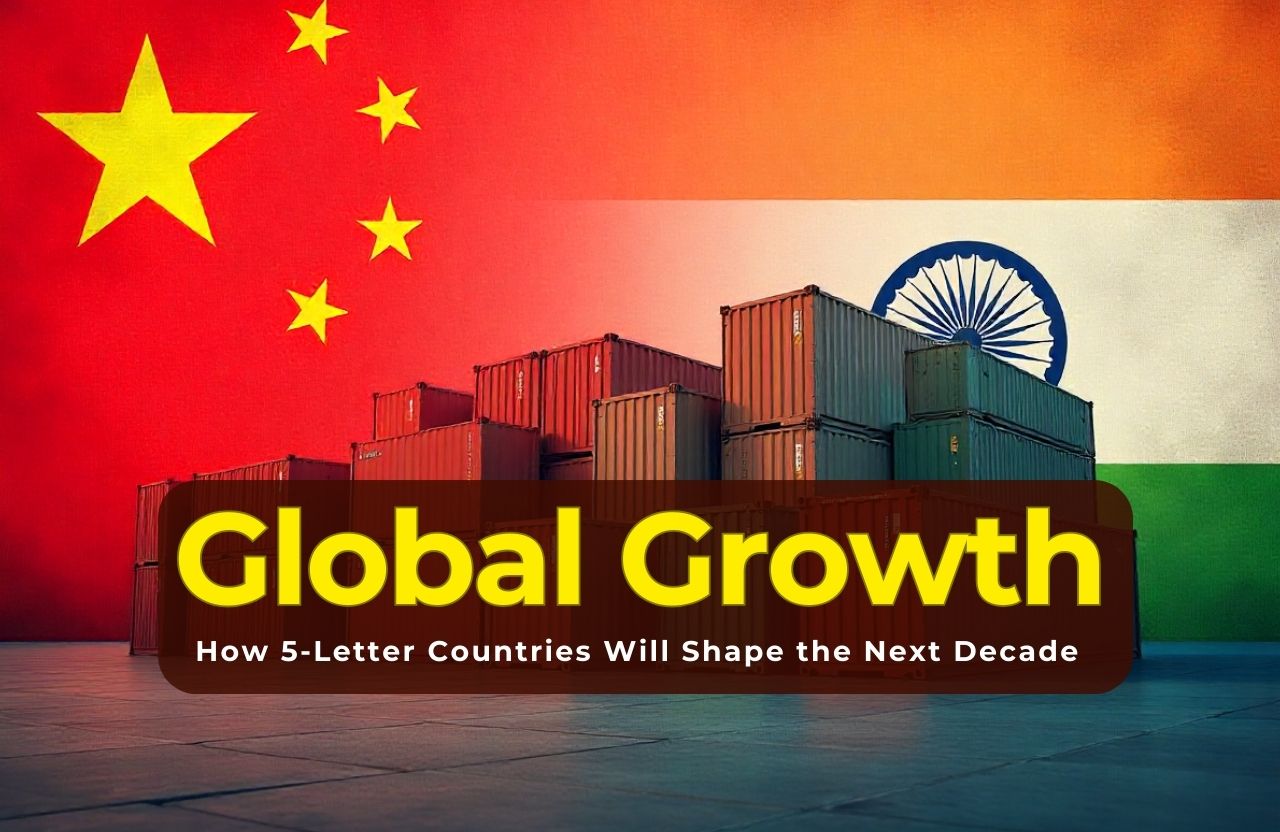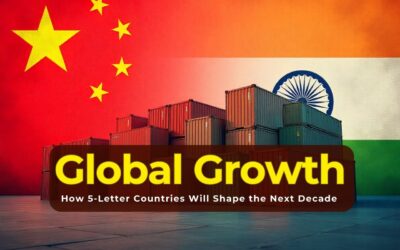The manufacturing business is going through one of its biggest shake ups ever. Global supply chain shocks, new customer demands and fast-changing tech are forcing manufacturers to rethink how they operate.
For years, scale and cost ruled the game. Now? Agility, innovation and sustainability are the real winners.
In this article, we will examine seven critical factors that every manufacturing company should create to maintain competitiveness today and to prepare for the future.
We will look at best practices derived from IBM, Epicor, World Economic Forum, BCG and Gembah along with what actual actions companies can take to turn disruption into an opportunity.
A Change in Manufacturing
Manufacturing is about more than production lines and machines. It has now become more about Industry 4.0, the convergence of AI, robotics, IoT and automation.
- IBM states how completely intelligent factories will change and how products, people and data communicate allowing processes to respond to change in real-time.
- Meanwhile supply chain breakdowns, labor availability, trade tensions and escalating sustainability requirements have changed the priorities.
For today’s manufacturing company, resilience is more important than cost.
Key Factor 1: Speed and Agility
Agility is no longer a choice, it’s a business differentiator. As Epicor explains agility is about being able to rapidly respond to supply chain breakdowns, regulation changes or changes in customer demand.
Why it matters:
- Businesses that quickly pivot are able to keep their customer segments intact and are also able to bounce into new market avenues.
- During the pandemic, the set of factories that quickly pivoted to produce PPE found great success while others could not pivot and failed.
Each manufacturing industry and sector has its unique spin on resilience but the essence is how to handle the shock and react quickly and effectively before the competitor can even respond.
Key Factor 2 : Supply Chain Resilience
International supply chains have never been under such stress. From shipping backlogs to geopolitical tensions, vulnerabilities were revealed across industries. The World Economic Forum (WEF) emphasizes the need to “rewire global value chains” to mitigate risk.
For manufacturing companies, this entails:
- Diversifying suppliers.
- Reshoring essential production.
- Investing in digital visibility for supply chains so you have the ability and the situational awareness to identify and address supply chain disruptions.
A strong manufacturer doesn’t care about supply chain disruption, they convert to a competitive advantage.
Key Factor 3: Green manufacturing and Sustainability
Sustainability is mandatory. Governments, regulators and customers won’t stop until there is greener and cleaner manufacturing.
Innovative manufacturers are leading by:
- Utilizing renewable energy sources.
- Using circular economy practices to reduce waste.
- Complying with ESG and the legislative initiatives of regulatory bodies like the EU Green Deal.
Sustainability not only reduces costs, it also creates confidence with investors, customers and citizens. A sustainable facility means a resilient business with better security for the future.
Key Factor 4: Workforce Development
Automation does not replace people, it upgrades them. In fact, the most prosperous manufacturing companies are those which spend money on re-skilling employees to work together with technology. The future workforce needs to become proficient in:
- Digital literacy.
- Robotics and AI leadership.
- Analysis of data and problem solving.
When machines and humans collaborate effectively, factories become smarter, faster and more efficient. A human-centered design allows for ease of expression and on-going acceptance of using the technology.
Key Factor 5: Technology Acceptance & Innovation
Innovation is what defines progressive organizations from stagnant organizations. The future of manufacturing is fueled by:
- Predictive analytics for demand forecasting.
- AI-powered optimization to optimize performance.
- Robotics and IoT for smart automation.
Manufacturing companies that embrace Industry 4.0 technologies are experiencing more productive growth and profitability than players who are laggards according to BCG.
In concise: embracing technology is not an expense, it is the investment that defines the next generation of champions.
Key Factor 6: Customer Centric Manufacturing
Customers are pushing the change in manufacturing focus. Customers demand personalization, quality and speed as never before. With the use of data and AI, a manufacturing company can:
- Predict demand better.
- Customize products for customers.
- Be agile enough that they can react in real time because the market can change rapidly.
It is possible to build loyalty by making the buyer the embodiment of your product at the centre of production which opens entirely new streams of revenue.
Key Factor 7: Globalisation & Regional Opportunity.
Globalization is not ending, it’s changing. Leaders in manufacturing need to find the balance between global efficiency and regional strength:
- USA → subsidies for EVs, clean tech and semiconductors.
- Asia → low-cost mass manufacturing hubs.
- Europe → champions of sustainable and green manufacturing plants.
A thriving manufacturing company has global reach with local resilience, which provides cost savings and security at the same time.
World Economic Forum Insights on Future Readiness
The World Economic Forum points out that companies focusing on resilience, sustainability and digital ecosystems are the ones well-suited for uncertainty. For all manufacturing companies, that implies looking beyond cost and subsuming money in systems that drive flexibility and long-term growth.
Shared Manufacturing Business Challenges
Challenges exist regardless of opportunity:
- Inflation and increasing costs.
- Labor shortages and skill deficits.
- Cybersecurity risks in smart factories.
- Resistance to digital transformation.
These are stern barriers but none are impossible with the proper vision.
How to FutureProof a Manufacturing Business
For a manufacturer to thrive today and in future, executives should:
- Invest in digital transformations (AI, IoT and cloud)
- Diversify supply chains to create greater resiliency.
- Resilience is to embed sustainability in every layer of the supply chain.
- Upskill workers before change.
- Create partnerships and ecosystems for innovation.
Future-proofing a manufacturing business is not merely about survival. It’s about building an agile, profitable and resilient company.
Case Studies: Success Stories
- Epicor customers that leveraged agility entered new markets quickly when others got stuck.
- IBM’s intelligent factory solutions helped manufacturers to reduce the downtime and increase productivity.
These examples demonstrate one thing: disruption is opportunity when the right strategies are used.
FAQs
Q1: Which manufacturing industries are increasing higher than others?
Electric vehicles, clean energy, semiconductors, aerospace and biopharma are increasing at the highest rate.
Q2: What is the need for agility in manufacturing companies?
Agility makes room for manufacturers to react more effectively to the changing market, enhancing any competitiveness.
Q3: How does Industry 4.0 take away performance?
The Industry 4.0 model incorporates AI, IoT and robotics for automation – it aims to increase production while minimizing downtime.
Q4: What do you think are going to be the biggest challenges by 2025?
Inflation, supply chains continue to be difficult, labour shortages and cyber-risk.
Q5: What are the best opportunities in the U.S?
Electric vehicles, clean energy, advanced electronics and healthcare manufacturing.
Q6: How can a manufacturer be sustainable?
Reduce waste, leverage renewable energy sources and meet relevant ESG standards.
Closing remarks
The manufacturing sector is evolving faster than ever. Speed, sustainability, innovation and customer obsession are no longer options, they are imperatives. For those who take a risk on digital transformation, talent and resilient supply chains won’t just survive this era of disruption, they will thrive.
The future will be owned by manufacturing leaders who approach disruption not as danger but as opportunity to innovate, expand and bring the world to a brighter and greener future.













